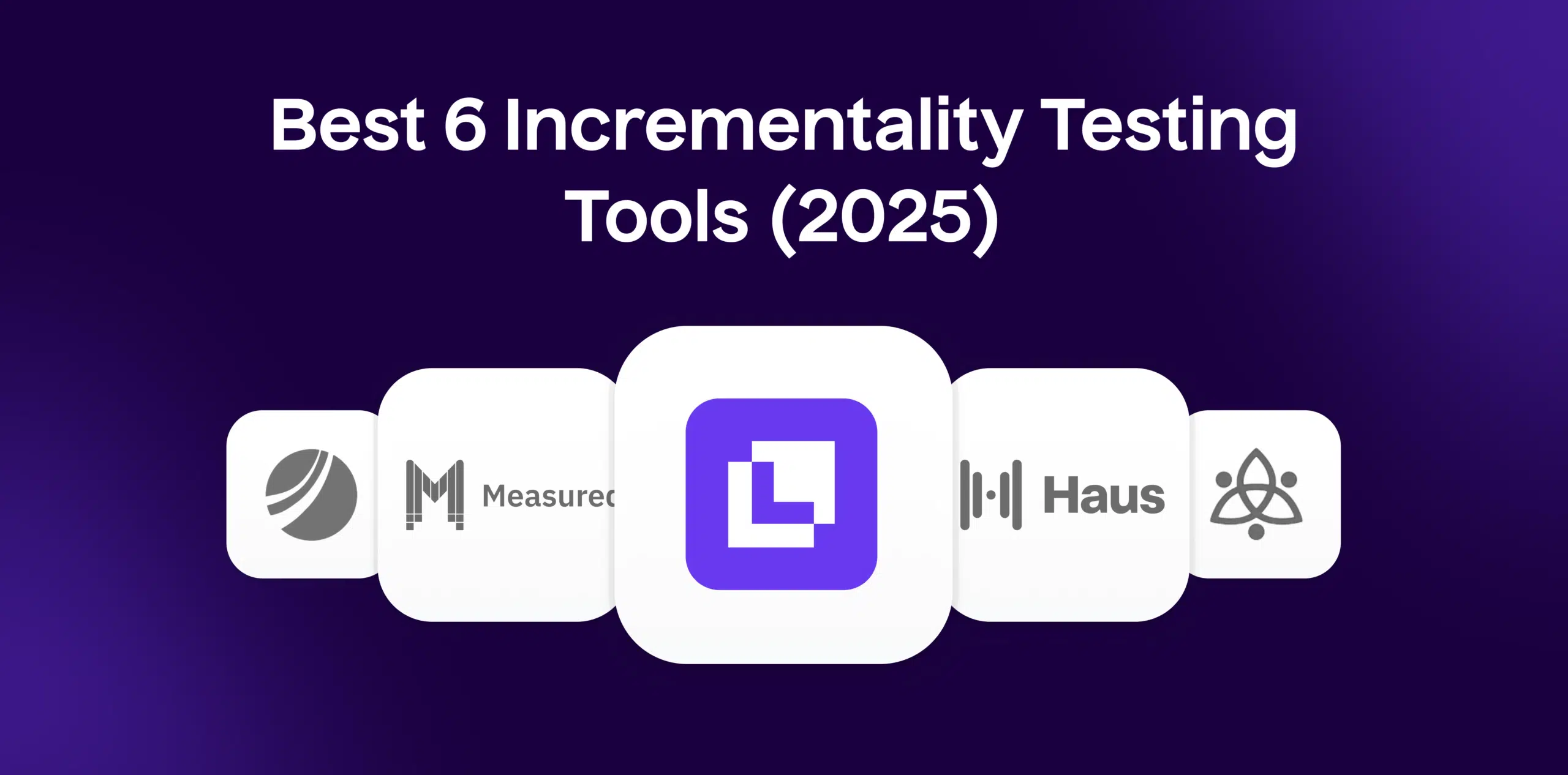What is Geofencing?
Geofencing, in the simplest terms, is a location-based digital marketing tool that allows businesses to establish geographic boundaries around specific locations. These boundaries can trigger certain actions in a mobile device app whenever users enter, dwell in, or exit these described regions. With the help of GPS, Wi-Fi, or RFID technology, it sets up virtual fences around areas and sends relevant messages to mobile users within these established perimeters.
Formula
Geofencing operates using a simple formula: (Desired Location)-(Radius)=(Geofence).
The Desired Location is the primary location the business wants to target, Radius is the space around this location, and the calculation equals Geofence, which is the area enclosed inside the radius where the geofencing software will operate.
Example
Suppose a clothing retailer sets up a geographical boundary around their store’s radius using geofencing. When potential customers who have the retailer’s app installed enter this area, they could receive a notification for a particular sale happening in the store, thereby enticing users inside.
Why is Geofencing important?
Geofencing is a crucial tool for personalized and localized marketing in the eCommerce industry. It supports local businesses by honing in on their immediate consumer base and delivering targeted advertising. This leads to higher customer engagement, better campaign performance, and enhanced conversion rates.
Which factors impact Geofencing?
Various factors impact the effectiveness of geofencing, such as the accuracy of the defined area, the relevancy and timing of the delivered content, and the application’s permissions. The type of technology used – GPS, Wi-Fi, or RFID – can also impact geofencing’s success.
How can Geofencing be improved?
Improving geofencing generally revolves around better segmentation and context-specific messages. Using data analytics, marketers can define their audience segments more accurately and deliver personalized content based on customers’ previous behavior. Also, refining the region’s size can increase context relevance and response rates.
What is Geofencing’s relationship with other metrics?
Geofencing directly impacts several eCommerce metrics. For instance, it can boost customer engagement, increasing key metrics like session duration, clicks, or conversions. It can also improve the Return on Investment (ROI) of advertising campaigns by targeting high-potential consumers and providing useful insights into customer behavior to refine targeting strategies.
Free essential resources for success
Discover more from Lifesight
























































